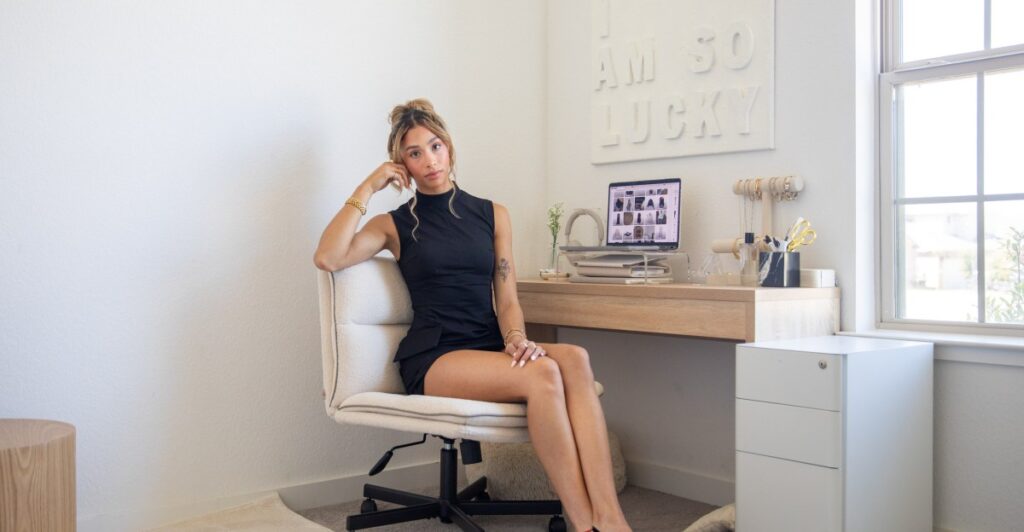
The legal battle between two Amazon influencers with unsettlingly similar styles and vibes is nearing resolution. On Wednesday the two influencers asked a judge to dismiss the copyright case, more than a year after it was initially filed and six months after I wrote about it in The Verge.
The lawsuit was simultaneously disconcerting and benign, eerie and borderline comical: the story of two women whose lives had begun to resemble each other’s via social media platforms made for a compelling storyline. The cream, white, and beige aesthetic of their content (and lives) meant that the essence of what was allegedly infringed was commonplace, even basic — but the similarities, documented over dozens of examples submitted to the court, were strange nonetheless.
But the case was significant: it appears to be the first suit of its kind tackling influencer industry content, and the litany of allegations could have had the defendant, Alyssa Sheil, on the hook for millions of dollars in damages. Sydney Nicole Sloneker (née Gifford), the plaintiff and fellow Amazon influencer, said Sheil violated her copyright when Sheil posted similar-looking photos and videos that promoted the same products. Gifford also alleged trade dress infringement and misappropriation of likeness, among other claims, stemming from Sheil’s content that looks uncannily like Gifford’s — or perhaps the other way around.
Sheil’s attorneys write in a statement that she will be paying nothing for Gifford’s claims, and that in some of the instances where Gifford alleged copying, Sheil had actually taken her photos and videos first. In one example cited in the suit, in which the two women are posing in black leather jackets, Gifford said Sheil copied her post a few days later. Thomas Frashier, Sheil’s attorney, told The Verge that metadata proved Sheil had taken the photo five days before Gifford.
“I could have caved to Ms. Gifford’s demands, but this was a much larger fight and sets a precedent that young minority entrepreneurs will not allow ourselves to be bullied,” Sheil said in a statement provided by her lawyers. “Ms. Gifford attempted to intimidate me into leaving this industry. She failed miserably as the truth has prevailed today.” In an email follow up Sheil told The Verge that she plans to continue making Amazon-related content, saying she is ready to move forward. Sheil added that she had not heard from Amazon.
On TikTok, Gifford said she had decided to “walk away” from the lawsuit, citing the financial burden of going to trial and the time it would take to proceed with her case. One of her attorneys said in a statement that “settling this case allows [Gifford] to prioritize what matters most to her, so that to me is a win. And the court of public opinion can ultimately decide who was right and wrong here.”
The beige Amazon influencer dispute may be nearing a close, but the disputes at the heart of the case — who owns an online persona, whether influencer content is art, and what social media algorithms do to the aesthetic of the web — are as salient as ever. Social media is built on repetition and trends, and if you are a content creator, you must be ruthless in your optimization to break out from the pack. The same systems that give Gifford and Sheil their jobs also create the environment where two people can appear to live identical lives, hawking the same clothing, jewelry, and home goods to viewers stumbling upon their videos. Influencers becoming mirror images of each other is a feature, not a bug, of algorithmic tastemaking tuned for scale rather than unique identity. Gifford v. Sheil may be the high-profile example, but it certainly will not be the last.
 Latest World Breaking News Online News Portal
Latest World Breaking News Online News Portal






